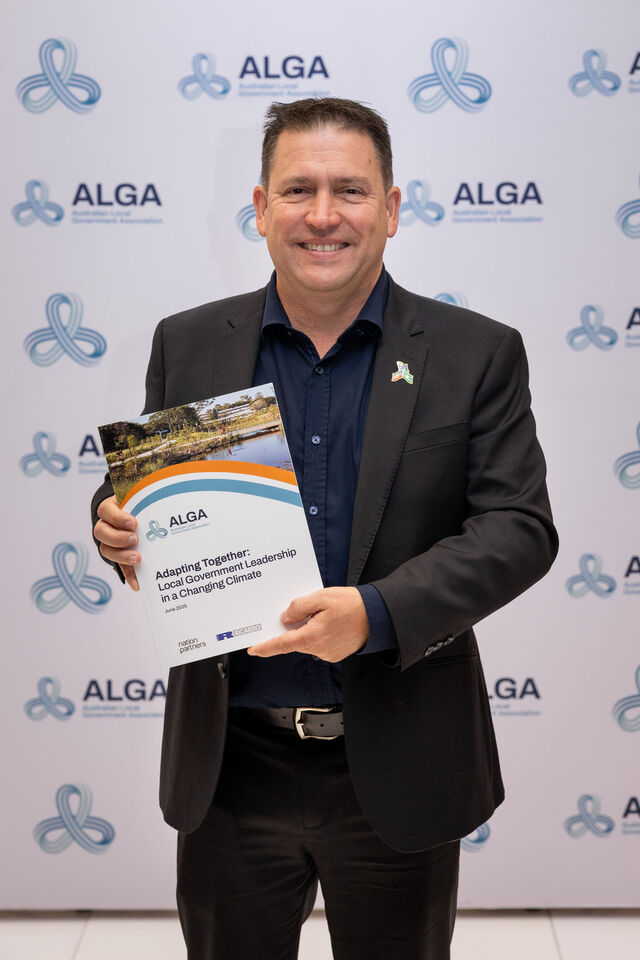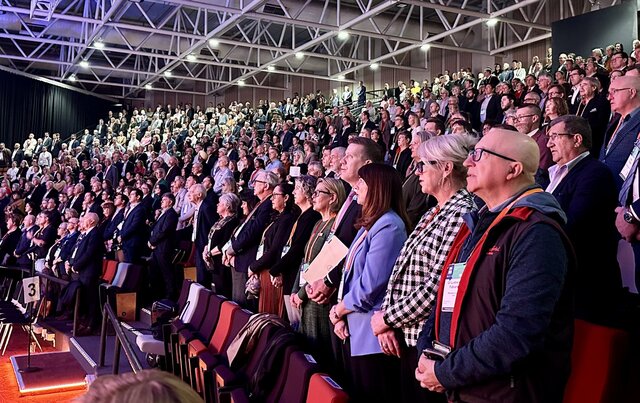The latest in technology for the recycling of fluorescent tubes, CFL (compact fluorescent) and HID (High Intensity Discharge) lamps is now available in Australia. Sustainable solutions provider, Chemsal, provides a full collection, disposal, resource recovery and depackaging service for a wide range of lamps.
Having been in operation since 1981, Chemsal also provides waste treatment solutions and resource recovery options for a wide range of other hazardous chemical waste types, such as flammables, corrosives and toxic chemicals.
Chemsal’s Sales and Administration Manager, Ian Parkes, said that due to fundamental changes in the waste industry, Government and the community are forcing waste generators to be more responsible with waste generation and disposal.
“CFL, HID and fluorescent lamps contain hazardous contaminants that can harm the environment if not treated properly,” he said. “CFLs, fluorescent tubes and most vapour lamps contain levels of mercury, while some HID lamps contain elemental sodium metal and require neutralisation.
“After collecting the lamps, Chemsal processes them to recover the glass and aluminium components, as well as the phosphor containing mercury. The mercury is then recovered by distillation for reuse.”
Councils can arrange a collection of all the various types of lamps in special bins or fluoroboxes on a changeover basis as required. Alternatively, easy to use, prepaid fluoro boxes are available, which hold up to 50 four foot fluorescent tubes. These are better suited for smaller generators. Original cardboard supply packaging is also acceptable and a Chemsal representative can advise the best solution for your council’s specific requirements.
For further information visit www.chemsal.com.au, phone the New South Wales office on (02) 9833 4399, or the Victorian office on (03) 9369 4380.
*Copy supplied by Chemsal







